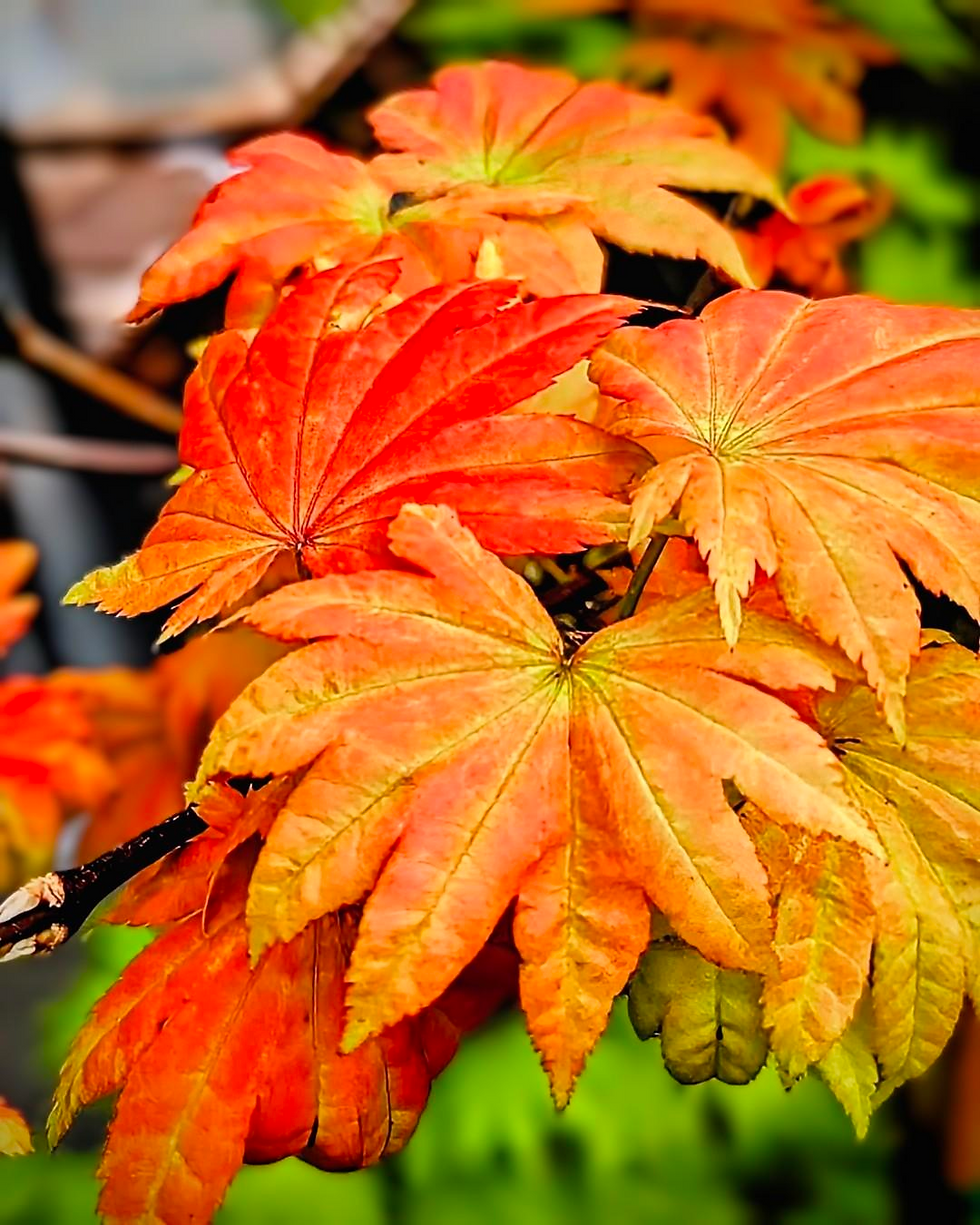Celebrating Pollinator Week: Supporting Our Tiny Heroes
- Adriana Marsh
- Jun 18
- 3 min read
As we celebrate Pollinator Week, let's shine a spotlight on the tiny heroes that make our gardens and ecosystems thrive. Pollinators come in all shapes and sizes, and they're more diverse than you might think!
The Pollinator Squad:
- Bees (honey bees, bumblebees, solitary bees, and carpenter bees)
- Butterflies (monarchs, swallowtails, and sulfurs)
- Moths (hummingbird hawk moths and white-lined sphinx moths)
- Bats (lesser long-nosed bats and Mexican long-tongued bats)
- Beetles (soldier beetles and scarab beetles)
- Flies (hoverflies and flower flies)
- Wasps (paper wasps and yellowjackets)
- Hummingbirds
- Lemurs (some species of lemurs in Madagascar)
Rare and Unique Pollinators:
- The yucca moth, which pollinates yucca plants
- The fig wasp, which pollinates figs
- The carrion flower beetle, which pollinates carrion flowers
- The orchid bee, which pollinates certain orchid species
Supporting Pollinators:
Native plants are a great way to support pollinators in your garden. These plants have co-evolved with local pollinators, providing the right nectar and pollen for them to thrive. Consider planting perennials like coneflowers, black-eyed Susans, or bee balm.
Here are 20 plants that provide nectar and pollen for pollinators:
1. Bee Balm (Monarda didyma) - Provides nectar for hummingbirds, butterflies, and bees.
2. Black-eyed Susan (Rudbeckia hirta) - Provides nectar for bees and butterflies.
3. Blue Salvia (Salvia farinacea) - Provides nectar for bees and butterflies.
4. Butterfly Bush (Buddleja davidii) - Provides nectar for butterflies and hummingbirds.
5. Catmint (Nepeta spp.) - Provides nectar for bees and butterflies.
6. Coneflower (Echinacea spp.) - Provides nectar for bees and butterflies.
7. Foxglove (Digitalis purpurea) - Provides nectar for bees and hummingbirds.
8. Hibiscus (Hibiscus spp.) - Provides nectar for hummingbirds and butterflies.
9. Honeysuckle (Lonicera spp.) - Provides nectar for hummingbirds and butterflies.
10. Lavender (Lavandula spp.) - Provides nectar for bees and butterflies.
11. Marigold (Tagetes spp.) - Provides nectar for bees and butterflies.
12. Milkweed (Asclepias spp.) - Provides nectar for monarch butterflies.
13. Mint (Mentha spp.) - Provides nectar for bees and butterflies.
14. Red Salvia (Salvia coccinea) - Provides nectar for hummingbirds.
15. Sunflower (Helianthus annuus) - Provides nectar for bees and butterflies.
16. Violets (Viola spp.) - Provides nectar for bees and butterflies.
17. Zinnia (Zinnia spp.) - Provides nectar for bees and butterflies.
18. Coral Honeysuckle (Lonicera sempervirens) - Provides nectar for hummingbirds.
19. Goldenrod (Solidago spp.) - Provides nectar for bees and butterflies.
20. Phlox (Phlox paniculata) - Provides nectar for butterflies and hummingbirds.
Ditch the Pesticides
Many pesticides can harm or kill pollinators, so it's essential to adopt pollinator-friendly gardening practices. Instead of reaching for chemicals, try using natural methods to control pests.
Get Involved
Want to learn more about supporting pollinators? Visit our website to discover more tips and resources on creating a pollinator-friendly garden.
Creating a Pollinator-Friendly Garden
To create a pollinator-friendly garden, consider the following tips:
1. Plant a diverse range of flowers that provide nectar and pollen for pollinators.
2. Provide a source of water, like a shallow dish or birdbath with fresh water.
3. Create a bug hotel using natural materials like wood, bamboo, and straws.
4. Leave the leaves and avoid mowing to provide habitat for pollinators.
5. Use effective fertilizer systems like Root Genie to promote healthy plant growth.
By supporting sustainable gardening practices and using effective fertilizer systems, we can help create a healthier environment for pollinators.
Additional Resources:
- Xerces Society
- Pollinator Partnership
Let's work together to protect these incredible creatures! Happy Pollinator Week!



link link link link link link link link link link link link link link link link link link link link link link link link link link link link link link link link link link link link link link link link link link link link link link link link link link link link link link link link link link link link link link link link link link link link link link link link link link link link link link link link link link link link link link link link link link link link link link link link link link link link link link link link link link link link link link link link link link link link